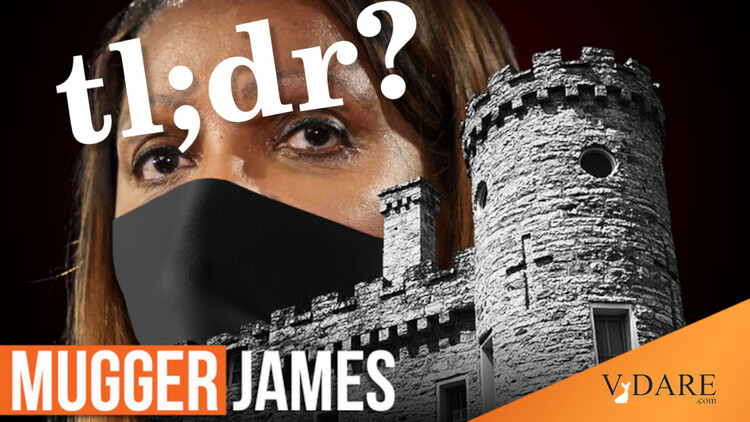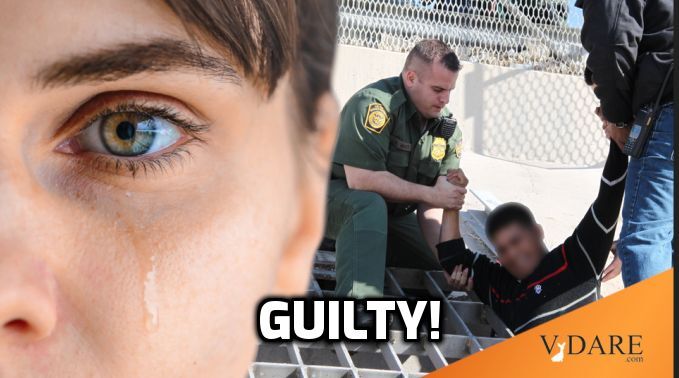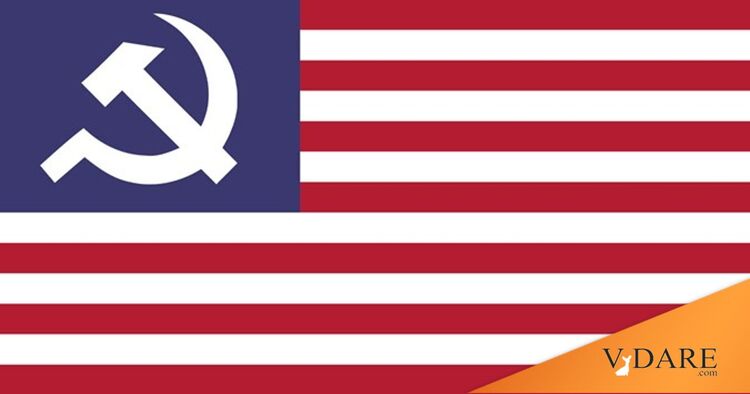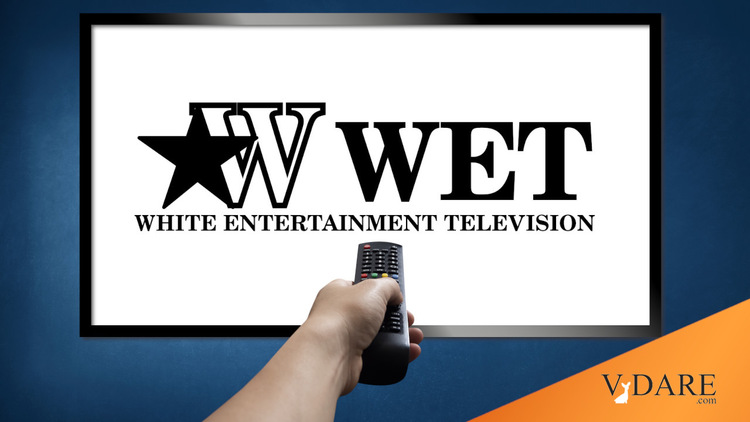It’s perfectly reasonable to want fewer incidents of white women calling the cops on innocent black men (Type I errors), so long as you are willing to accept more incidents of violence against white women by guilty black men (Type II errors).
If Kitty Genovese were attacked by Winston Moseley in 2020 instead of 1964, the media would obsess not over the dozens of witnesses who didn’t call the police but over the two or three who did.
Our society, however, seems to be suffering a cognitive disability about understanding the trade-off between Type I errors (e.g., false positive complaints about harmless black men) and Type II errors (e.g., failures to alert police about dangerous black men). As I wrote in Taki’s Magazine in 2018:
What’s Your Type?
Steve SailerJuly 18, 2018
…After all, these kinds of false-alarm Type I errors—false-positive calls to the cops to investigate a person who turns out to be law-abiding—happen countless times per day in this vast country of ours. So do Type II errors: false negatives of failing to alert the police in cases of a genuine lawbreaker.…
Ever since the Starbucks bathroom crisis in April, America has been going through a media moral panic in which a white man (or, more often, a white woman) who commits a Type I error at the expense of a black person may lose his job and be permanently keelhauled in the press.
Here are recent examples of this media mania from the New York Times:...
First, there was BBQ Becky. Then came Permit Patty. Now, a South Carolina woman has been nicknamed Pool Patrol Paula after a widely shared video showed her accosting a black boy and his friends at a neighborhood pool, telling them to “get out” or she would call the police.
With the respectable NYT having given the okay that this variety of trivial fluff is respectable national news, the tabloids are now jumping in. Not surprisingly, the parameters of this variety of story are expanding to cover just about anything anyone said to dis anybody else. The police don’t need to be involved, as long as there is an identity-politics angle to help you grasp immediately who is the Good Guy and who is the Bad Guy (or, typically, Bad Gal)...
In an increasingly feminized media culture, this is what passes for breaking news: ..
And, admittedly, this kind of story is pretty easy and entertaining to have an opinion on which stranger is right and which is wrong. You don’t have to know anything or think very hard, just react. In the 10,000 or so years that humans have lived in villages, we’ve gotten into these sorts of tiffs trillions of times.
The self-respecting mainstream news media traditionally tried to limit how much they cater to this kind of lowest-common-denominator taste for gossip about nobodies, generally restricting stories of personal spats to celebrities.
For example, the website World Star Hip Hop has featured countless entertaining phone videos of, to take one popular genre, welfare mothers throwing chairs at each other in Chuck E. Cheese birthday party brawls. But World Star Hip Hop videos of black-on-black weave-pulling is definitely not the news that’s fit to print in The New York Times.
Yet America’s ongoing moral crusade to hunt down the last remaining white racists means that much duller videos of whites acting suspicious of blacks are now front-page news. …
In contrast to Implicit Bias theory, the fun of the current frenzy is that you don’t have to blame everything on textbooks and the like. You get to hate the individual evil racist Becky.
It’s particularly noteworthy that white women are the designated villains in many of these media morality plays. You might think that in the #MeToo era, women’s worries about their personal security would be viewed at least somewhat sympathetically.
Instead, white women are finding themselves pretty far down the intersectional totem pole. For instance, The New York Times has printed the racial slur “Becky” three times over the past five weeks while demeaning white women.
Our ability to think statistically about the trade-off between Type I and Type II errors seems to go on the fritz when race is involved. When the participants are all white, everybody more or less intuits that if you want the cops to question fewer innocent people (fewer Type I errors), you’ll have to put up with more guilty ones committing more crimes (more Type II errors), and vice versa.
But thinking statistically is hard. The distinction between Type I and Type II errors was only invented by Jerzy Neyman and Egon Pearson between the Wars. (And we still need a better mnemonic name than Type I/Type II.)
It’s much easier instead merely to automatically castigate the people your culture designates as vile and deserving of abuse, which in 21st-century America is increasingly the white race.











